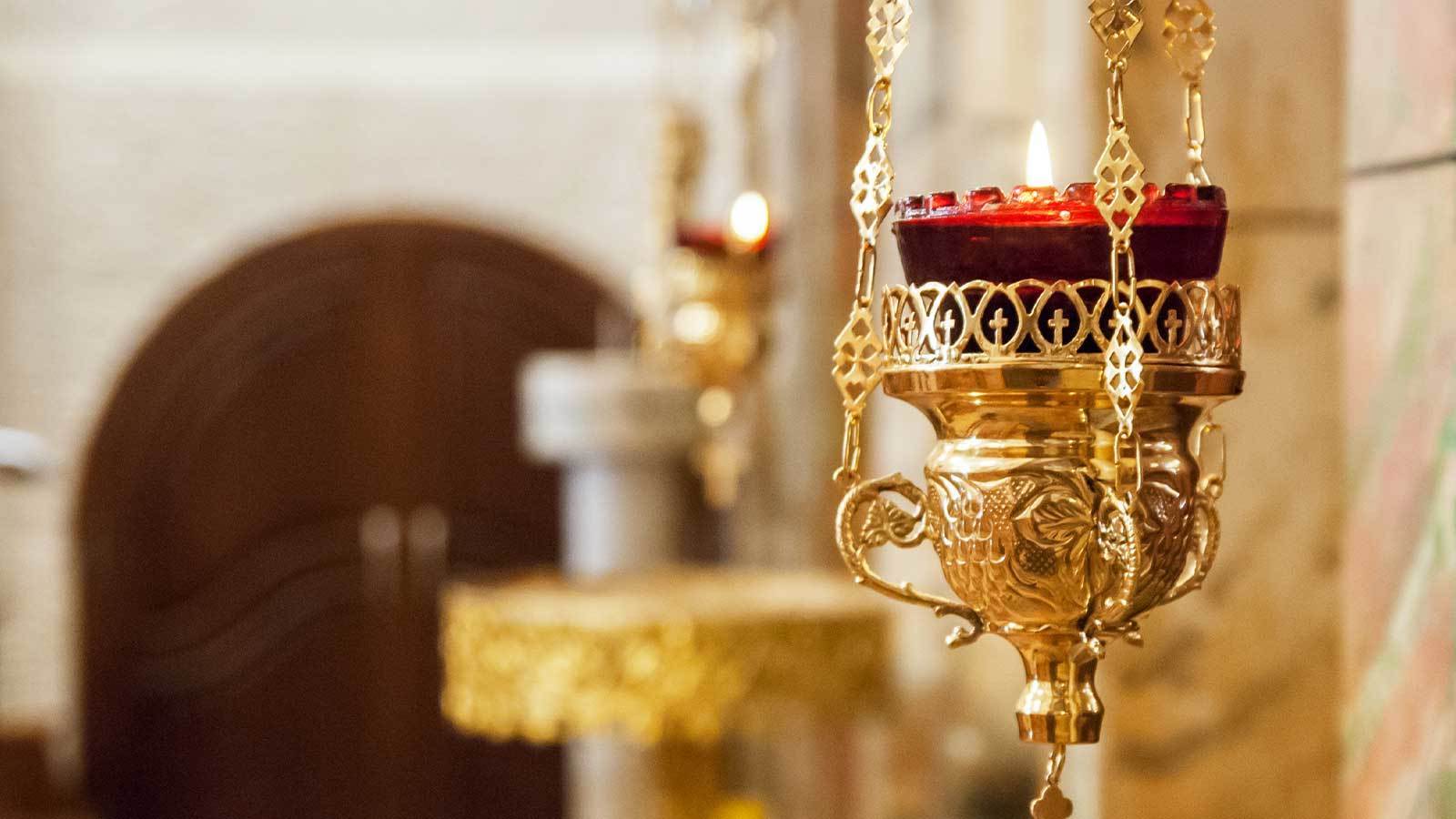
What is a sanctuary lamp? A sanctuary lamp is more than just a light source. Rooted in ancient civilizations like Egypt, Greece, and Rome, these lamps have evolved into symbols of spiritual and emotional comfort across various cultures. Whether in a temple, church, or meditation room, sanctuary lamps serve as a reminder of the divine presence and the light that guides us. Crafted from materials like clay, bronze, and glass, they range from simple designs to intricate works of art. Their soft glow not only enhances spiritual practices but also offers therapeutic benefits, creating a calming atmosphere.
Historical Origins
Sanctuary lamps have a rich history that spans across various ancient civilizations. Their evolution reflects the cultural and spiritual practices of different eras.
- Sanctuary lamps date back to ancient Egypt, Greece, and Rome, where they were primarily used for religious and ceremonial purposes.
- Early lamps were often made from clay, bronze, or other materials, showcasing the craftsmanship of ancient artisans.
Cultural Significance
These lamps hold deep cultural importance, symbolizing different aspects of spirituality and tradition in various cultures.
- In Buddhism, the lamp symbolizes enlightenment, guiding practitioners toward spiritual awakening.
- In Christianity, the sanctuary lamp represents the light of Christ, often placed near the altar to signify His presence.
Design Elements
The design of sanctuary lamps varies widely, reflecting the artistic and cultural influences of their creators.
- Sanctuary lamps range from simple and elegant designs to intricately carved and ornate pieces.
- Materials used can include traditional metals like bronze and copper, as well as modern materials like glass and ceramic.
Symbolism
Sanctuary lamps are rich in symbolism, often representing deeper spiritual meanings.
- The lamp itself symbolizes light, which stands for knowledge, wisdom, and spiritual guidance.
- The flame, when present, symbolizes the divine or the soul, offering a visual representation of spiritual presence.
Types of Lamps
Different types of sanctuary lamps serve various purposes and have unique characteristics.
- Oil lamps are traditional and require regular maintenance to keep the flame burning.
- Candle lamps offer a more straightforward option, needing only a new candle when the old one burns out.
- Electric lamps provide a modern alternative, requiring minimal upkeep while still offering symbolic light.
Materials Used
The choice of materials for sanctuary lamps often reflects the cultural and historical context of their creation.
- Clay, bronze, and copper are commonly used traditional materials, each offering durability and a unique aesthetic.
- Glass and ceramic are modern materials that allow for more intricate and colorful designs.
Craftsmanship
Creating sanctuary lamps involves exceptional craftsmanship, with artisans dedicating significant time and effort to each piece.
- Skilled artisans spend hours or even days crafting each lamp, ensuring every detail is meticulously executed.
- Traditional crafting techniques are often passed down through generations, preserving cultural heritage.
Artistic Value
Sanctuary lamps are not just functional; they are also considered works of art.
- Many lamps feature intricate designs and patterns that reflect the cultural heritage of their creators.
- The artistic value of these lamps makes them highly sought after by collectors and art enthusiasts.
Spiritual Significance
In many spiritual traditions, sanctuary lamps play a crucial role in practices like prayer, meditation, and contemplation.
- The lamp serves as a focal point for spiritual activities, reminding individuals of the divine presence.
- Its light symbolizes the guidance and wisdom that spiritual practices seek to cultivate.
Placement
The placement of sanctuary lamps is carefully considered to maximize their spiritual impact.
- They are often placed in temples, churches, and meditation rooms where they can be easily seen and used.
- Strategic placement ensures that the lamp's light can effectively serve its symbolic purpose.
Maintenance
Maintaining sanctuary lamps varies depending on their type, ensuring they remain functional and safe.
- Oil lamps require regular oil changes to keep the flame burning steadily.
- Candle lamps need to be monitored for safety, with new candles replacing old ones as needed.
- Electric lamps require minimal maintenance, making them a convenient option for modern use.
Cultural Variations
Different cultures have unique ways of creating and using sanctuary lamps, reflecting their diverse traditions.
- In Hinduism, the lamp is often placed in the puja room, serving as a focal point for daily worship.
- In Buddhism, sanctuary lamps are used during meditation sessions to create a calming atmosphere.
Symbolic Colors
The colors used in sanctuary lamps can carry significant symbolic meanings.
- Red is often associated with passion and energy, making it a popular choice for lamps used in dynamic spiritual practices.
- Blue represents calmness and tranquility, ideal for lamps used in meditation and contemplation.
Influence on Art
Sanctuary lamps have inspired various forms of art throughout history, influencing artists, architects, and craftsmen.
- Their designs have been incorporated into paintings, sculptures, and architectural elements, showcasing their cultural significance.
- Many historical sanctuary lamps are preserved in museums and cultural institutions, providing valuable insights into the past.
The Light That Guides Us
Sanctuary lamps aren't just sources of light; they're symbols of spiritual and emotional comfort. Rooted in ancient civilizations like Egypt, Greece, and Rome, these lamps have evolved in design and significance across cultures. Whether made from clay, bronze, or glass, each lamp carries unique craftsmanship and artistic value. They serve as focal points for prayer, meditation, and community gatherings, reminding us of the divine presence and guiding light. From their historical origins to modern usage, sanctuary lamps continue to inspire and educate. Their soft glow offers therapeutic benefits, creating calming atmospheres that reduce stress. Preserved in museums and cultural institutions, these lamps provide valuable insights into our past. Whether used in ceremonial contexts or as personal symbols of hope, sanctuary lamps remain beacons of light, guiding us through life's darkest moments.
Was this page helpful?
Our commitment to delivering trustworthy and engaging content is at the heart of what we do. Each fact on our site is contributed by real users like you, bringing a wealth of diverse insights and information. To ensure the highest standards of accuracy and reliability, our dedicated editors meticulously review each submission. This process guarantees that the facts we share are not only fascinating but also credible. Trust in our commitment to quality and authenticity as you explore and learn with us.


